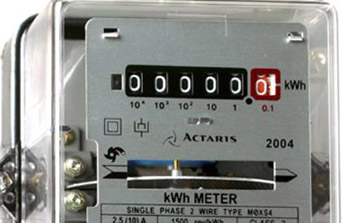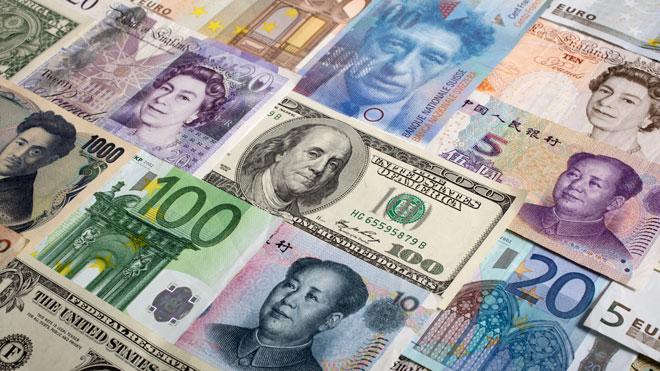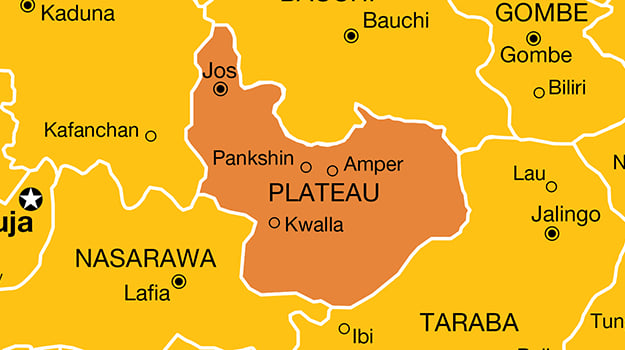Central banks are depleting their foreign exchange reserves in order to protect their local currencies — with as much as $260 billion dumped in Q2 of 2015, according to Citi.
Reuters reports that this is the largest drop in global FX reserves in more than a decade, outstripping the depletion in 2008-09 when central banks frantically tried to manage the fallout from the global financial crisis.
Nigeria spent over $5 billion to maintain an official exchange rate band in 2014 but has since stopped, leading to a widening gap between official and parallel rates.
Most of the world’s major reserves managers have already published their end of June headline totals, which Citi estimated to have falled by around $85 billion to $11.35 trillion but that underestimates the true scale of decline.
Advertisement
Once exchange rate effects and estimated portfolio shifts between currencies are taken into account, central banks actively liquidated up to $260 billion of reserves assets, estimates Steven Englander, global head of foreign exchange strategy at Citi in New York.
“Central banks sold reserves to prevent their currencies from falling off a cliff,” Englander said.
“The difference between Q2 and previous episodes is that the same thing was happening in China, too, giving us a larger capital outflow.”
Advertisement
Reflecting the disquiet over emerging markets, Aberdeen Asset Management said on Thursday that it saw net outflows of £9.9 billion ($15.46 billion) during the quarter ending June 30.
Emerging market specialist Aberdeen is Europe’s largest independent fund management firm, with around $480 billion under management.
Foreign exchange reserves around the world are reported in dollars. Some 64 percent of them are denominated in the U.S. currency, the rest in other currencies, mostly the euro.
That means that when the dollar falls, the nominal value of central banks’ non-dollar reserves automatically rise. But in the second quarter headline reserves and the dollar both fell.
Advertisement
Headline reserves fell by $85 billion as the dollar fell 3 percent. That 3 percent move meant that the non-dollar portion of total reserves, just over $4 trillion, rose in value by around $120 billion.
To offset that valuation change, reserves managers sold more than $200 billion, Englander reckons.
In addition, central banks probably diversified more aggressively out of the dollar into other currencies. All else being equal, that should have led to an increase in headline nominal reserves. The fact they fell instead led Englander to estimate further selling of around $50 billion.
Investors had loaded up on higher-yielding emerging market assets earlier in the year, expecting the U.S. Federal Reserve to be more patient in raising interest rates than it now appears it will.
Advertisement
The European Central Bank also fueled the chase for yield when it opened its 1 trillion-euro bond-buying stimulus program.
But a steep fall in German bond prices in April’s “flash crash” sent yields in Europe and other developed markets skyward. Investors took fright and rushed to get out of emerging markets, a move exacerbated at the end of the quarter by the 30 plunge in Chinese equities.
Advertisement
Add a comment






